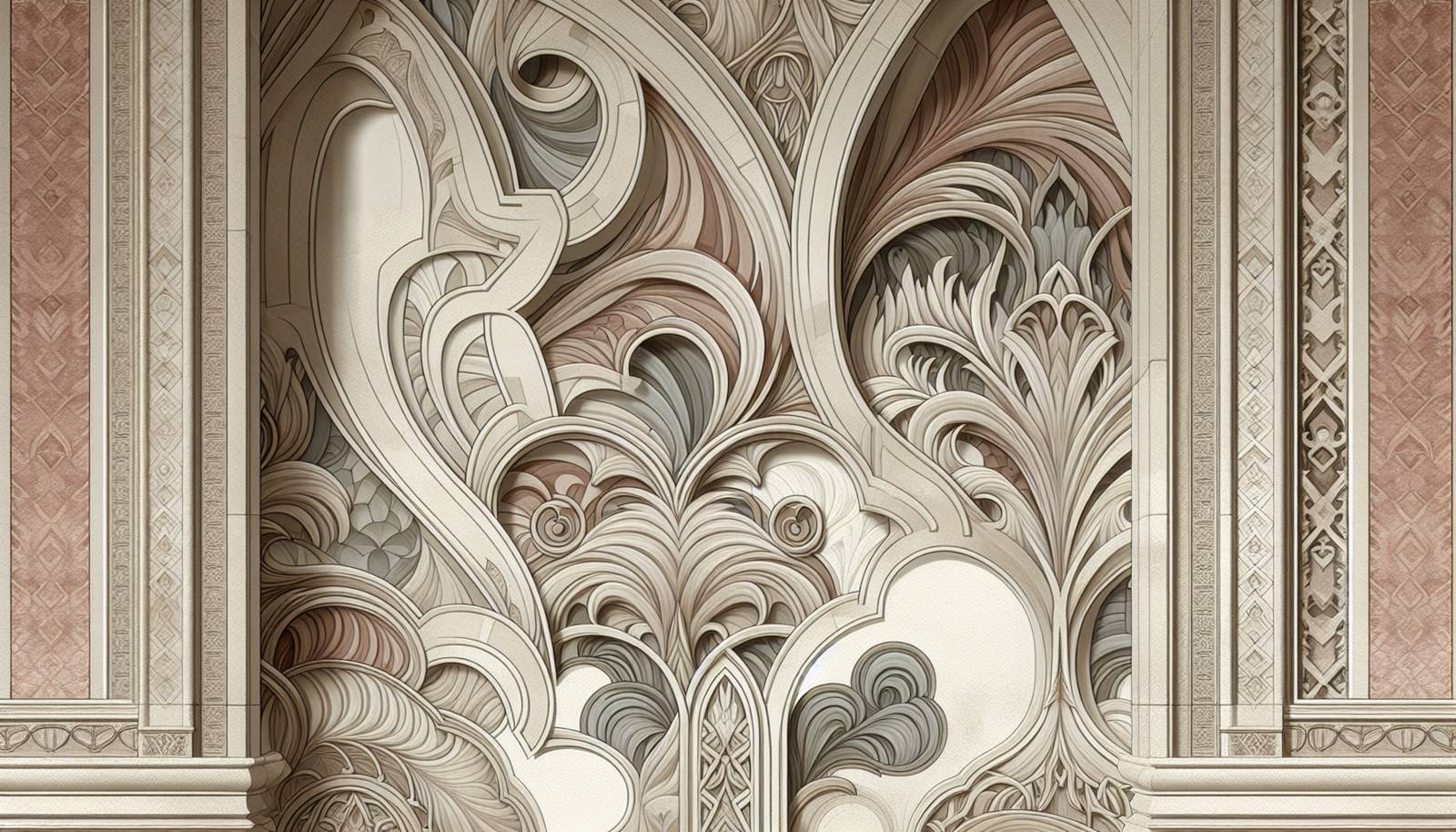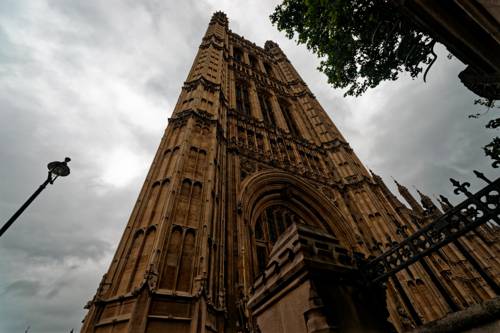
FAQ About The Influence of Gothic Revival on Architectural Styles

What is Gothic Revival architecture?
Gothic Revival architecture is a style that began in the late 18th century in England as part of the broader Romantic Movement. It sought to revive medieval Gothic architecture, characterized by features such as pointed arches, ribbed vaults, and flying buttresses. The style was used for both religious and secular buildings and became prominent in the Victorian era, influencing architectural designs well into the 20th century.

When did Gothic Revival architecture first emerge?
Gothic Revival architecture first emerged in the mid-18th century. However, it gained significant popularity in the 19th century, particularly between 1830 and 1900 during the Victorian era, when industrial advancements allowed for more ornate designs.

What are the key features of Gothic Revival architecture?
Key features of Gothic Revival architecture include pointed arches, steeply pitched roofs, intricate wooden trim, grouped chimneys, stained glass windows, and detailed stone or wood carvings. These elements were intended to reflect the grandeur and verticality of medieval Gothic architecture.

How did Gothic Revival architecture influence urban landscapes?
Gothic Revival architecture significantly influenced urban landscapes by introducing large, ornate buildings that became focal points in cities. Churches, universities, and public buildings often adopted the style, contributing to a sense of historical continuity and grandeur in urban planning. This movement also encouraged a resurgence of craftsmanship and attention to architectural detail.

Which countries have been most influenced by Gothic Revival architecture?
Gothic Revival architecture has influenced countries around the world, most notably the United Kingdom, the United States, Canada, Australia, and several European nations. In each of these regions, the style was adapted to suit local tastes and needs while maintaining core Gothic features.

Who were some prominent architects associated with Gothic Revival?
Some prominent architects associated with Gothic Revival include Augustus Pugin, George Gilbert Scott, and John Ruskin in the UK, as well as Richard Upjohn and James Renwick Jr. in the United States. These architects contributed to the style's development and popularization through iconic buildings and writings.

What is the relationship between Gothic Revival and the Victorian era?
The Gothic Revival is closely associated with the Victorian era, during which it reached its peak popularity. As part of the broader Romantic Movement, it resonated with Victorian ideals of beauty, history, and grandeur. The industrial advances of the era also supported the creation of intricate and large-scale Gothic Revival buildings.

How did Gothic Revival architecture influence American architecture?
In America, Gothic Revival architecture became popular in the 19th century and is often seen in the design of churches, universities, and homes, notably inspired by the Romantic notion of returning to a spiritual and moral medieval past. Prominent examples include the Cathedral Church of St. John the Divine in New York and the Smithsonian Institution Building in Washington, D.C.

What is the difference between Gothic and Gothic Revival architecture?
The primary difference between Gothic and Gothic Revival architecture is the period and intent. Gothic architecture dates from the 12th to 16th centuries and was originally developed during the medieval period. Gothic Revival, on the other hand, emerged in the late 18th century, intentionally reviving medieval Gothic elements as part of a romanticized nod to the past, often with technological improvements.

Are there modern buildings that incorporate Gothic Revival elements?
Yes, many modern buildings incorporate Gothic Revival elements, particularly religious and educational institutions. A contemporary interpretation of these elements features more minimalistic and streamlined designs, often using new materials and technology to recreate the characteristic arches and elaborate facades.

What are some famous examples of Gothic Revival architecture?
Famous examples of Gothic Revival architecture include the Palace of Westminster in London, the Cathedral of Learning in Pittsburgh, and St. Patrick's Cathedral in New York City. These buildings exemplify the grandeur and ornate detailing characteristic of the Gothic Revival style.

How did Gothic Revival architecture influence contemporary design?
Gothic Revival architecture influenced contemporary design by inspiring a return to craftsmanship and ornate detail in architecture. Modern interpretations of the style often blend traditional Gothic elements with contemporary materials and techniques, creating a unique fusion that respects historical aesthetics within modern contexts.

Was Gothic Revival architecture limited to religious buildings?
While Gothic Revival architecture is often associated with religious buildings due to its medieval roots, it extended far beyond this application. The style was employed in designing universities, government buildings, private homes, and even commercial structures, showcasing its versatility.

How did the industrial revolution influence Gothic Revival architecture?
The Industrial Revolution provided new materials and construction techniques that allowed for more elaborate and robust Gothic Revival structures. The availability of mass-produced steel and glass, for example, made it possible to create larger windows and taller buildings, aligning with the Gothic emphasis on verticality and light.

What role did Gothic literature play in popularizing Gothic Revival architecture?
Gothic literature, with its themes of mystery, romance, and the sublime, played a role in popularizing Gothic Revival architecture by romanticizing the medieval past. Works by authors such as Horace Walpole and Mary Shelley captivated public imagination and spurred interest in the architectural revival of Gothic motifs.

How does Gothic Revival compare to other architectural revivals of the 19th century?
Gothic Revival was part of a broader trend of architectural revivals in the 19th century, such as Neoclassical and Renaissance Revival. Compared to these, Gothic Revival was distinct in its emphasis on vertical lines, intricate details, and historical connections to the medieval period, offering a more romantic and spiritual aesthetic.

Did Gothic Revival architecture inspire any movements or styles that followed?
Gothic Revival architecture inspired several later movements, such as the Arts and Crafts Movement, which emphasized handcrafted detail and medieval aesthetics. It also influenced aspects of Art Deco and Modernism that sought to blend old and new elements in cohesive and innovative designs.

Is Gothic Revival architecture still practiced today?
While less common today, Gothic Revival architecture still finds expressions in restoration projects and new constructions, particularly in ecclesiastical and educational buildings. Modern iterations focus on sustainability and integrating advanced construction technologies while retaining the style's characteristic elements.

How do Gothic Revival buildings typically handle light and space?
Gothic Revival buildings typically emphasize verticality, with large windows allowing for ample natural light. Interiors often feature high ceilings and open spaces, reflecting the medieval Gothic aim of inspiring awe and spiritual contemplation through design.

What materials are commonly used in Gothic Revival architecture?
Common materials used in Gothic Revival architecture include stone, brick, and wood, often elaborately carved or molded. Stained glass is prevalent in window designs, and ironwork might be used for decorative purposes like gates and railings. The industrial advancements of the time also allowed for the use of new materials like cast iron and plate glass.
